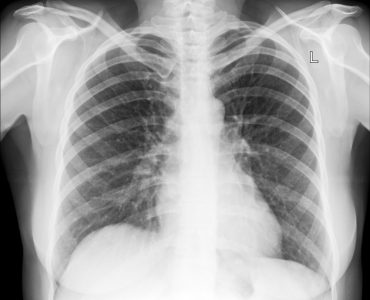Catheters are tubes that are thin and flexile and are often made of rubber or plastic. Urinary catheterisation is a process in which the catheter is fixt to the bladder. Usually the tube of the catheter is fixed to the bladder via the urethra. The urethra is a tube that is connected to the bladder and acts as an outlet to the urine. In some cases the urethra is blocked and the passing of urine becomes a difficult task, so a urinary catheterisation helps in removing the urine that gets collected in the bladder. It is also used when one is not able to control the flow of the urine. The types of catheterisation are:
Indwelling catheterisation – in this type the catheter is permanently fixed to the bladder
Intermittent catheterisation – in this type the catheter is fixed only till the bladder is drained of all the urine and then it is removed
In intermittent catheterisation there is a form of catheterisation called self-catheterisation. In self-catheterisation one could remove and insert the catheter by himself. This form is used by people who cannot control their urination and one could empty the bladder whenever they feel the need to and remove the catheter once the bladder is emptied.
Importance of urinary catheterisation
The kidneys constantly filter the blood and produce urine. This urine then gets colleted in the bladder and builds pressure. If there is an obstruction id passing urine then the pressure builds up and the urine is forced back into the kidneys. This will cause infection of the kidneys.
When urinary catheterisation is used
Urinary catheterisation is used when a person is not able to empty the bladder. It may be due to some blockage like bladder stones, prostrate gland enlargement, blood clots present in the urine or the urethra has gone narrow.
It may also be because of no control of the bladder due to injury of the nerve of the bladder, injury of the spinal chord or damage of the nerves of the pelvic area.
Urinary catheterisation is also used in the following conditions:
- If you cannot hold the urine
- If you are undergoing surgery
- If you are seriously ill and/or are unconscious
- If you are confined to the bed
- If you are not able to control the function of the bladder due to old age or mental disability
Usually, an indwelling catheter is used after a surgery or to observe the flow of liquids if one is being injected with intravenous fluids. The catheter is also used to take samples of the urine to check for infections. One can obtain a clean sample of your urine directly from the bladder through the catheter.
Intermittent catheterisation is normally removed at least 4 times a day. The catheter is connected to the bladder through the tube inserted to the urethra. One end of the catheter is attached to a bag for the urine to get collected and the other end is connected to the bladder. Once the bladder is emptied the catheter is removed and a new one is used.











